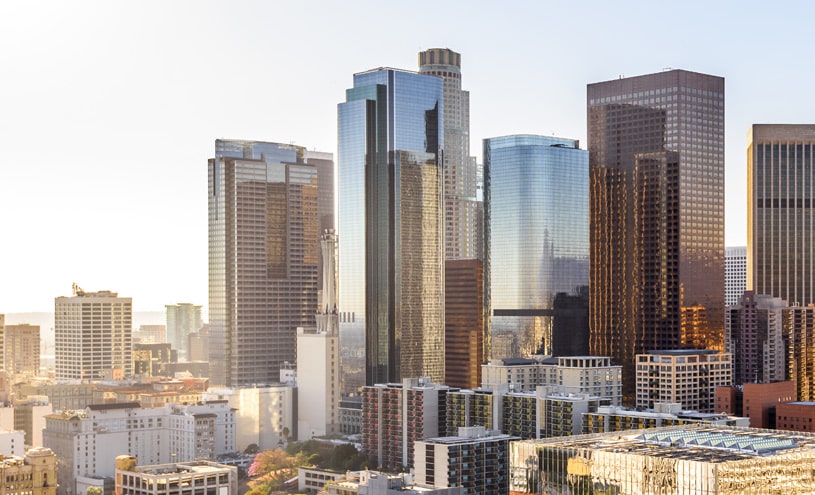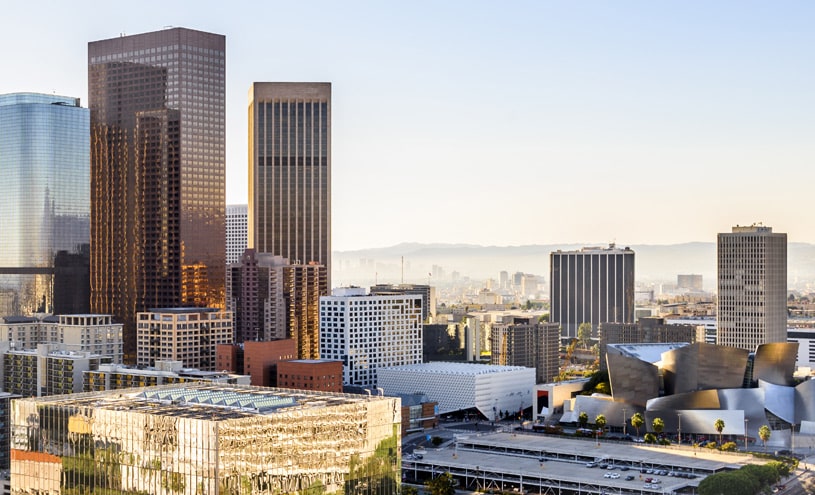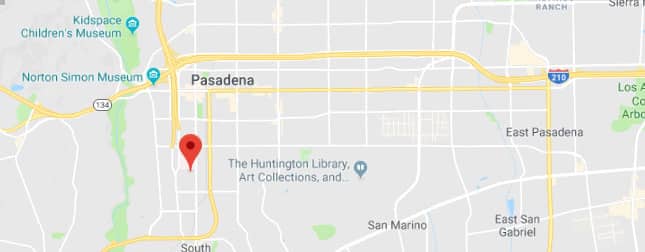 The most common type of nasal procedures includes turbinate reduction and correcting a deviated septum (septoplasty).
The most common type of nasal procedures includes turbinate reduction and correcting a deviated septum (septoplasty).
At times, the correction of external nasal deformities (rhino-septoplasty) or sinus surgery will be required, and it may be undertaken in combination with a surgeon from rhinology or facial cosmetic surgery team.
Nose surgery by itself rarely effectively treats obstructive sleep apnea, but it typically enhances sleep quality and CPAP adherence and compliance.
Board certified facial plastic and reconstructive surgeon Dr. Eric Yavrouian provides nose reshaping surgery to patients in Glendale, Pasadena, Burbank, Greater Los Angeles, Beverly Hills, CA, and surrounding locations.
Rhinoplasty
Cosmetic nose reshaping is called rhinoplasty as well. The procedure can increase or reduce the nose size, narrow the span of the nostrils, alter the angle between the upper lip and nose, and/or change the nasal bridge or tip. It can also address certain breathing issues.
Nose reshaping involves remodeling of the cartilage and bone. The surgeon can work from either inside the nose by placing an incision within the nose or work from the outside by placing tiny incisions across the tissue that divides the nostrils. The latter is called an “open” procedure.
Turbinate Reduction
Turbinates refer to small structures within the nose that cleanse and provide moisture to the air that enters through the nostrils into the lungs. They comprise a bony structure surrounded by vascular tissue as well as a mucous membrane outside.
Turbinates can become inflamed or swollen by irritation, allergies, or infection. This may lead to nasal obstruction and create an excessive amount of mucous causing congestion.
Radiofrequency turbinate reduction is a procedure which involves a needle-like device. This instrument is inserted into the turbinate and energy is delivered to the tissue to cause controlled damage.
Therefore, by the time the healing process commences, the turbinates will be reduced in size which enables improved airflow through the nose.
Septoplasty
Septoplasty involves the surgical correction of deformities and defects of the nasal septum or the partition between the nostrils.
The septum is a nasal structure that is made up of cartilage and bone in the central position of the nose that bifurcates the nasal cavity. Septal deviation can obstruct one side of the nose and cause significant disturbances in airflow.
Septoplasty aims to straighten the septum as much as possible in the midline position and free the airway by eliminating the deviated part and restructuring the remaining cartilage and bone.
Some examples of septoplasty are as follows:
A deviated septum refers to a condition in which the partition between the nostrils is not aligned vertically in a straight manner. This condition can cause impediments in airflow. A septal deviation can occur due to an injury or birth defect.
Correction of Cleft Defects that affect the Nose and Nasal Cavity
Rhino-septoplasty
When the deviated septum presents a more complex condition, or there is an associated defect on the nasal valve or nasal external portion, the patient may require a rhino-septoplasty to accomplish proper nasal breathing.
In case the deviated septum is present in the more external portion of the septum, the surgeon will often use a piece of rib bone cartilage to stabilize the nose tip and preserve the external nose shape.
Facial plastic and reconstructive surgeon Dr. Eric Yavrouian receives patients from Glendale, Pasadena, Burbank, Greater Los Angeles, Beverly Hills, CA, and nearby areas for nose reshaping surgery.
For more information about treatments and procedures by Facial Plastic and Reconstructive Surgeon, Dr. Eric J. Yavrouian, serving patients in and around Glendale, Pasadena, Burbank and the Greater Los Angeles, CA area call 818-241-2150 or click here to contact him for a consultation.






